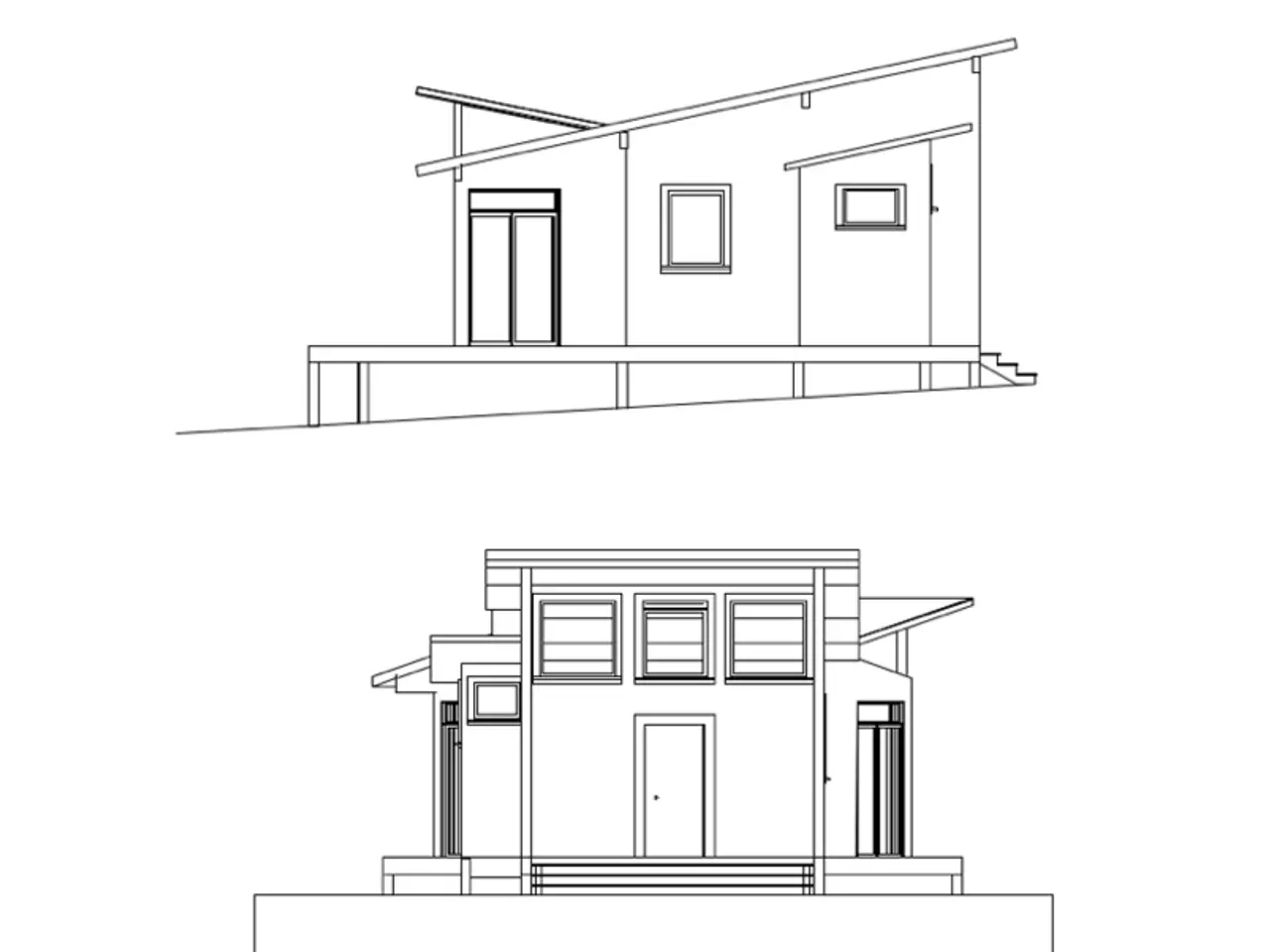Investing in home renovations by leveraging your property's equity makes financial sense
In 2025, homeowners are turning to home equity loans and Home Equity Lines of Credit (HELOCs) to fund renovations, as they provide relatively lower-cost financing compared to unsecured loans. However, this financing comes with its own set of financial implications.
Interest rates for home equity loans and HELOCs in 2025 average around 7.25% to 8.25%, which is lower than unsecured personal loans or credit cards but still relatively high compared to historical lows seen prior to 2024. Since these loans are secured by the homeowner’s property, failure to repay could lead to foreclosure. Lenders generally limit borrowing to about 80-85% of the home's value, reserving a 15-20% equity cushion.
One advantage of home equity loans is that they offer a lump sum at a fixed interest rate, ideal for projects that require a significant upfront investment or whose exact cost you know. On the other hand, HELOCs provide a line of credit with a variable interest rate, making them well-suited for multi-faceted, ongoing projects and those with uncertain costs.
Obtaining a home equity loan involves upfront expenses, such as closing costs, which range from 1 percent to 5 percent of the loan amount. Homeowners should also be aware of the minimum borrowing requirements, as these loans are typically large and lenders may require you to borrow a substantial sum of money.
Using home equity to invest in your home can be a smart financial move, as it can enhance a property's worth, improve its appearance, and potentially increase its resale value. In a 2024 survey by TD Bank, more than half of HELOC or HELoan borrowers used the funds to invest in their current properties.
However, home equity financing is not without its risks. The major downside is the potential of losing your home if you can't keep up with the loan payments, as the lender may initiate foreclosure proceedings. Additionally, HELOCs have variable interest rates, which can affect monthly payments and potentially lead to increased costs. Home equity loans can be risky if the renovation costs more than expected, leaving you with interest charges you didn't need to incur.
Despite these risks, many homeowners are choosing to renovate their homes instead of moving due to rising home prices, low inventory, and high mortgage rates. With a collective equity stake of $17.8 trillion, U.S. homeowners have the financial means to invest in their properties.
In summary, using home equity for renovation in 2025 is financially sensible for many homeowners who want to improve their homes amid a strong real estate market and stable mortgage rates. However, it entails taking secured debt at moderately high interest rates and should be approached with prudent financial planning to avoid financial strain.
Homeowners in 2025 are leveraging home equity loans and Home Equity Lines of Credit (HELOCs) for home improvements, as these loans offer relatively lower-cost financing compared to unsecured loans. home-improvement, personal-finance
Interest rates for these loans average around 7.25% to 8.25%, which is lower than unsecured personal loans or credit cards but still relatively high compared to historical lows. banking-and-insurance
Lenders generally limit borrowing to about 80-85% of the home's value, and homeowners should be aware of the potential risks, including foreclosure if they fail to repay. industry, lifestyle, finance, home-and-garden





